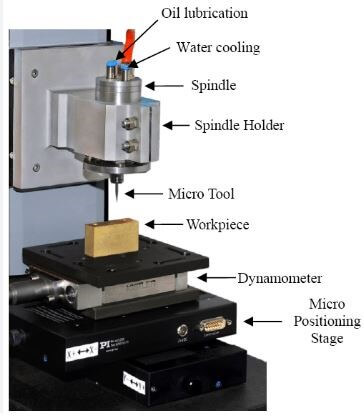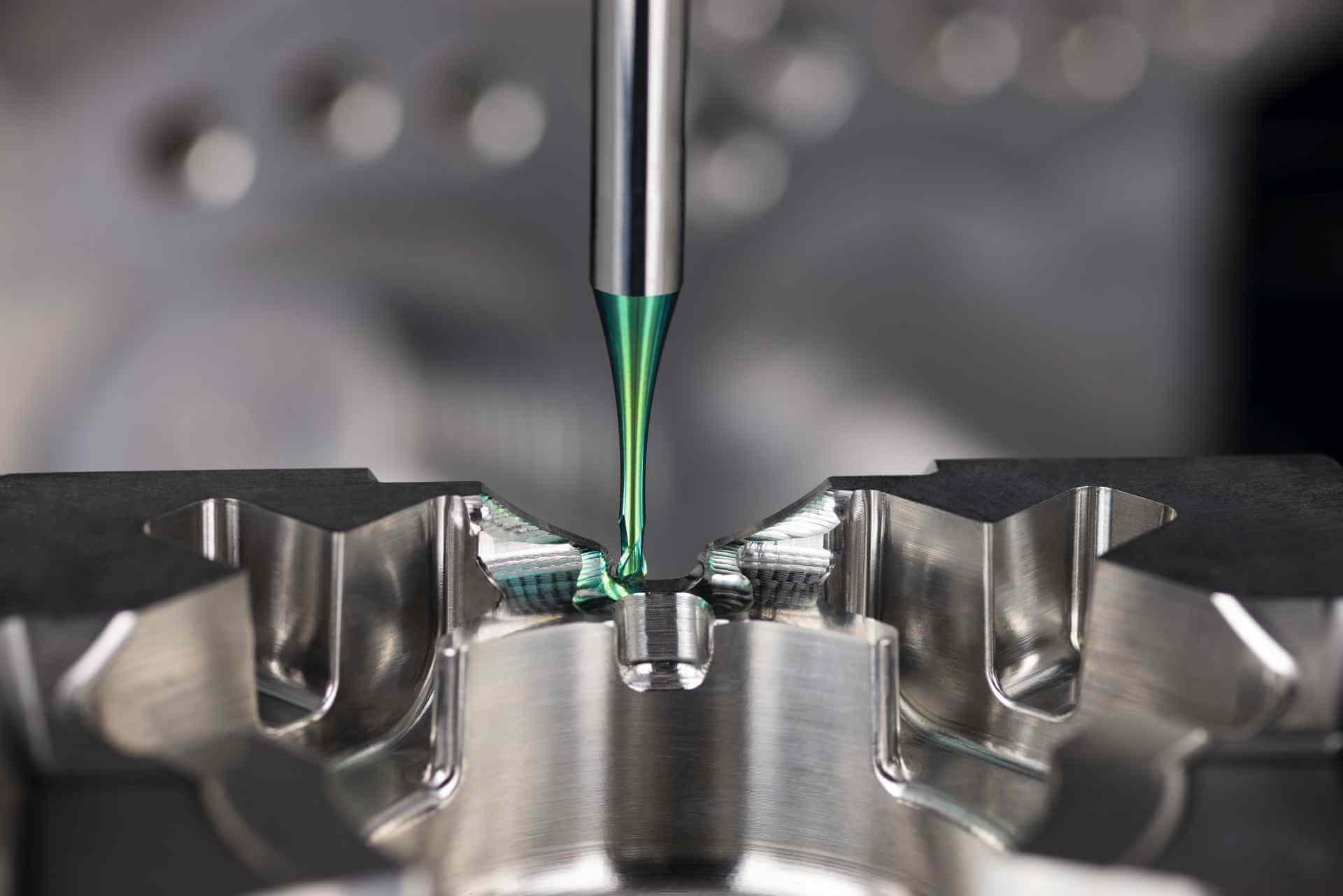The Basics of Micro Milling
Delving deeper into the world of micro milling, one quickly realizes how unique its tools and methods are. While the principles of milling remain consistent, the nuances associated with these tiny dimensions require specialized equipment and techniques.
1.Micro CNC Milling Machines
The micro CNC milling machine is at the heart of the micro milling process. Unlike its larger counterparts, every component of this machine is designed for microscopic levels of precision. Some of the notable features of micro CNC milling machines include:
1.Enhanced Precision Motion: These milling machines are equipped with high-resolution encoders and specialized drives that enable motion and adjustments as small as microns.
2.Increased Spindle Speed: Micro milling requires high spindle speeds, often reaching 60,000 RPM or even higher.
3.Stable Foundation: Given the precision required, these milling machines are often equipped with a highly rigid and stable foundation, often made of materials such as granite.
4.Software Enhancements: The software that comes with these milling machines is designed to meet the challenges of micro milling, accounting for tool deflection, heat generation, and other nuances.
2.Micro End Mills and Other Tools

The essence of the micro milling process lies in its tools. As the name implies, these are miniature versions of regular end mills, but with their own unique features:
1.Material: These tools are typically made of solid carbide, which provides the required hardness and wear resistance. Coatings such as titanium nitride (Ti-N) or diamond may also be added to enhance performance.
2.Geometry: Given their small size, micro end mills often have unique geometries to avoid tool breakage and enable precise cutting. For example, the chip flute design is optimized for efficient chip evacuation.
3.Diameter: Typically, these tools range from 0.1 mm to 1 mm in diameter, but even smaller tools are available for special applications.
4.Other Tools: In addition to end mills, micro drills, micro boring bars, and a variety of specialized tools come into play, each designed for a specific application.
3.Micro Milling Machines

Micro milling machines are different from standard milling machines and encapsulate a number of features tailored for microscopic operations:
1.Rigidity: Micro milling machines are designed for rigidity. Any flex or vibration can cause significant errors at this scale.
2.High-speed spindles: Given the small tool diameters, these machines employ high-speed spindles to achieve the required cutting speeds.
3.Precision linear guides: To ensure smooth, precise tool movement, high-quality linear guides and ball screws are used.
4.Cooling system: At such high speeds and precision levels, even minor thermal expansion can cause errors. Therefore, an effective cooling system is indispensable.
5.Integrated software: The machine is usually equipped with dedicated software to ensure accurate tool paths and compensate for tool wear or deflection.
